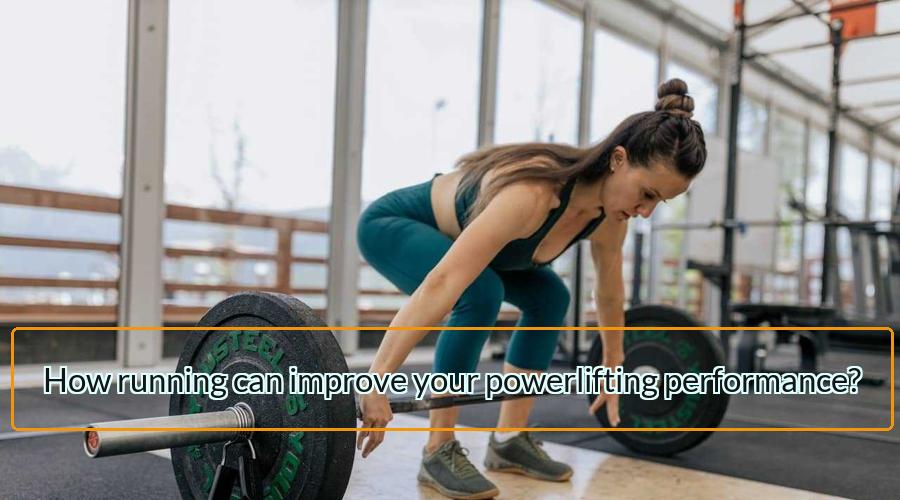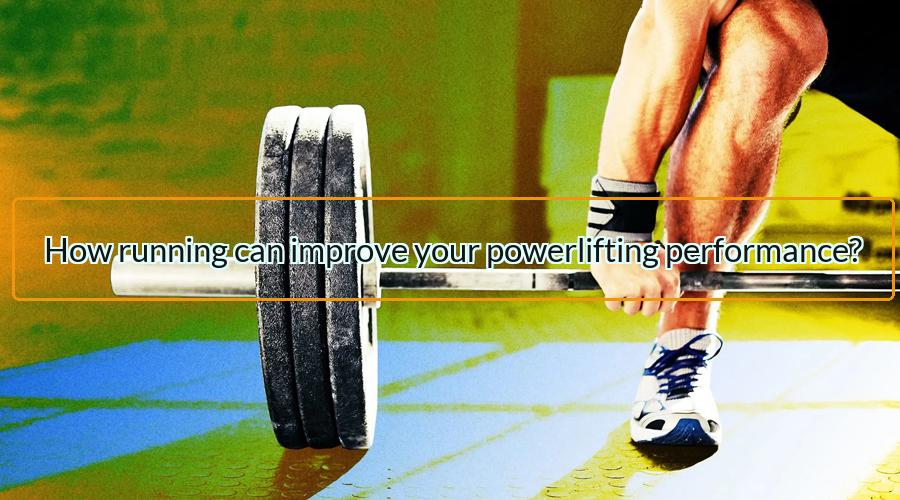
Running and powerlifting are two popular forms of exercise that can be done on a daily basis. They offer many health benefits, including reducing the risk of heart disease, stroke, and some types of cancer. Running is also good for your mental health, helping to increase mood and creativity. Powerlifting is a great way to improve your overall strength and muscle mass.
Powerlifting and running: should you incorporate both?
When it comes to improving fitness, incorporating powerlifting and running is a great idea. Powerlifting can help improve your overall strength and conditioning, while running can help improve your cardio fitness. Powerlifting can also help you develop better muscle definition, while running can help you lose weight and tone your body.
However, there are some things to consider when combining the two exercises. First, make sure that you are doing both exercises correctly. Second, make sure that you are getting enough rest between workouts. Finally, make sure to mix up your routine so that you don’t get bored.
Can you do powerlifting and running at the same time?
Running and powerlifting are two different activities that share a few similarities. Both involve running and lifting weights, but they also have different goals. Powerlifting is designed to build muscle mass, while running is designed to improve cardiovascular health. However, you can still powerlift and run at the same time if you’re careful about your form. Follow these tips to avoid injury:
Start with light weights and gradually increase the load as your comfort level increases. Use a spotter if needed. Avoid bouncing the weight or using momentum when lifting. Keep your back straight and your core engaged throughout the lift. Maintain good posture when running, extending your arms and legs fully as you move forward. Remember to breathe!
Read more about Old School Powerlifting Routine

Reasons to run while powerlifting
Powerlifting is a great way to improve your running stride.
When you powerlift, you use more muscle mass and less body fat than when you run.
Powerlifting can also help improve your overall strength and conditioning.
By training both running and powerlifting, you’ll be able to achieve greater endurance and strength levels than if you only ran or only lifted weights.
Finally, powerlifting can teach you how to manage your calorie intake in order to maintain your figure while running long distances.
Health benefits of powerlifting and running at the same time
Running and powerlifting share many health benefits. Each activity has its own unique set of benefits, but they both offer significant wellness perks. In fact, when done together, runners and lifters can reap even more rewards. Here are eight reasons why you should hit the gym and the track:
Running and lifting can help you lose weight. When combined with a healthy diet and regular exercise, running and lifting can help you lose weight in a healthy way. The combination of cardio and strength-training burns calories quickly, which helps your body to burn off excess fat.
Running and lifting can help you maintain your weight loss. If you’ve lost weight through running or lifting, don’t be tempted to stop!

Possible risks of powerlifting and running at the same time
Running and powerlifting share some common benefits, but both can also pose risks to the athlete. Powerlifting can strain the back and shoulder muscles and lead to inflammation or a rotator cuff tear. Additionally, running on a hard surface can cause stress fractures in the bones of the foot or ankle. If you are considering combining these two sports, be sure to talk to your doctor first about any potential risks.
Powerlifting and running are both popular exercises. However, there are some risks that come with powerlifting and running at the same time. Powerlifting can cause back pain, while running can increase your risk of injury. Additionally, both exercises can lead to muscle fatigue and overuse injuries. If you’re considering combining these two activities, be sure to talk to a doctor first to make sure it’s safe for you.
Principles to follow when powerlifting and running
Powerlifting and running share many similarities, but they also have some unique principles that must be followed to optimize each workout. Here are a few key tips:
Powerlifting and running should always be performed in an organized manner with a specific goal in mind.
Both workouts require intense focus and concentration to complete successfully.
Proper technique is essential for both activities, as improper form can lead to injuries.
Make sure to warm up properly before starting a powerlifting or running workout, as these exercises can be very strenuous on the body.
Take proper rest intervals between sets in both exercises, as overtraining can result in negative performance effects.
Drink plenty of fluids throughout the day to stay hydrated and energized while performing these workouts; electrolyte losses can occur during exercise due to sweat production.
Read more about Creatine Monohydrate

Powerlifting and running program: how to put it together?
The goal of a powerlifting and running program is to create a sustainable, effective combination that will help you achieve your fitness goals. Here are some tips on how to put together a successful program:
Make sure you have the right equipment. You’ll need a weightlifting belt, lifting gloves, and shoes that can support your weights and run.
Start with the basics. Work up to heavier weights and longer runs gradually over time. This will help prevent injury while also giving you a better foundation for future progress.
Consistency is key. Keep working out regularly, even if you don’t see immediate results. The more often you engage in exercise, the better your body will adapt and change over time, leading to better overall health and fitness goals!
What are the benefits of running and powerlifting?
Running and powerlifting have many benefits, including:
-Improved cardiovascular health
-Improved muscular strength and mass
-Reduced risk of injury
-Improved mental well-being

What are the best exercises to do for running and powerlifting?
There are many different exercises that can be done for running and powerlifting. Some good exercises to include are squats, deadlifts, lunges, bench press, and curls.
How do I start running and powerlifting?
There are a few things you can do to get started. Firstly, find someone who is already running or powerlifting and ask them how they did it and what their tips were. Secondly, read articles or watch videos on how to start running or powerlifting. Thirdly, find a coach who can help you with your training. Finally, commit to doing at least one workout a week for at least six months to see if you have any results.